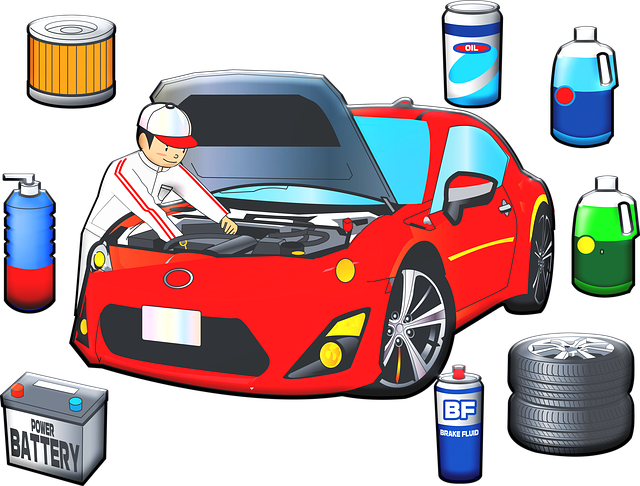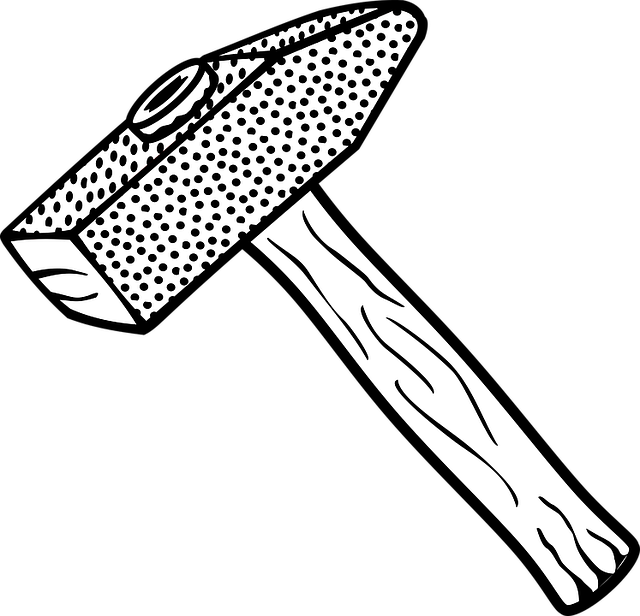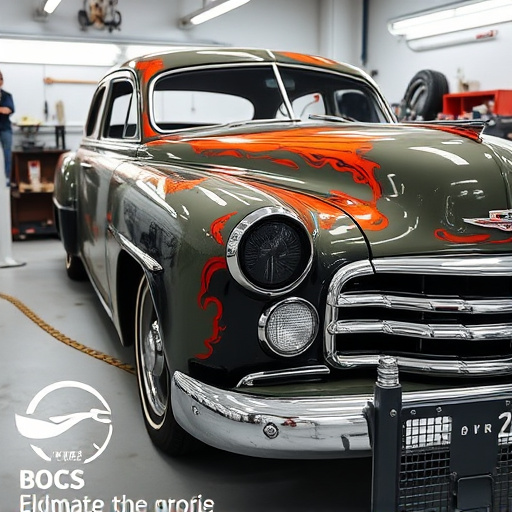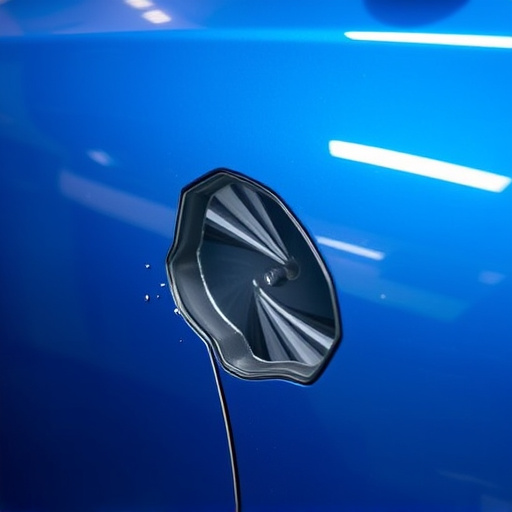Modern repair equipment revolutionizes car care with advanced tools like diagnostic scanners, precise welding gear, paintless dent repair, and efficient auto glass replacement technologies. These innovations streamline service, enhance quality, speed, and cost-effectiveness, and prioritize user safety and ergonomics through ergonomic features, reducing physical strain on technicians.
In today’s fast-paced world, understanding the key elements of modern repair equipment is essential for efficiency, safety, and longevity. This article delves into the fundamentals of contemporary repair tools, highlighting advanced features that streamline processes. From smart diagnostics to ergonomic designs, we explore how these innovations revolutionize maintenance. Discover the critical aspects that set apart top-tier modern repair equipment, ensuring precise, safe, and sustainable repairs for various industries.
- Understanding Modern Repair Equipment Basics
- Advanced Features for Efficient Repairs
- Safety and Ergonomics in Modern Repair Tools
Understanding Modern Repair Equipment Basics
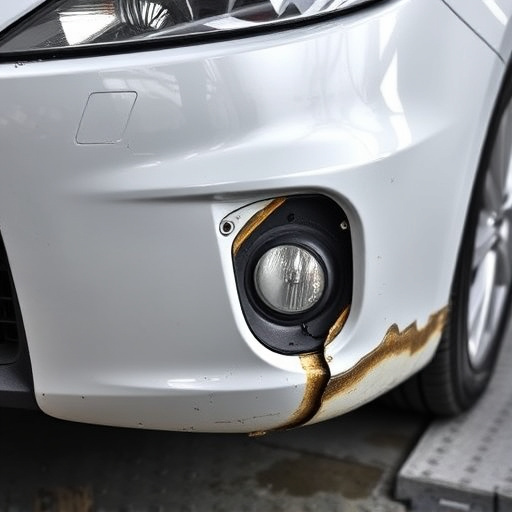
In today’s digital age, modern repair equipment has evolved significantly, offering advanced tools and technologies to streamline automotive repairs. Understanding the basics is crucial for both professionals and enthusiasts looking to keep their vehicles in top shape. At its core, this equipment encompasses a wide range of specialized machinery, from diagnostic scanners that read vehicle computer systems to sophisticated welding gear ensuring precision and efficiency.
For instance, the advent of paintless dent repair has revolutionized body shop processes, eliminating the need for extensive repainting. Similarly, auto glass replacement technology now includes advanced safety features, while state-of-the-art fender bender repair systems enable quick and effective fixes for minor dents and dings, showcasing the constant innovation within this field.
Advanced Features for Efficient Repairs
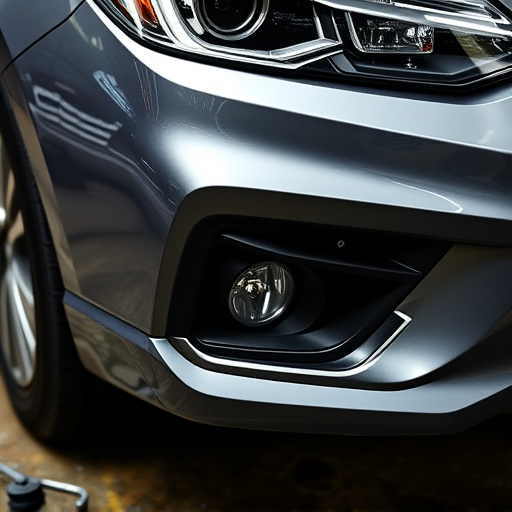
In today’s digital era, modern repair equipment is revolutionizing the way car repair shops and vehicle repair services are conducted. Advanced features such as integrated diagnostics systems, precision tools with real-time data feedback, and smart sensors significantly enhance efficiency and accuracy in auto glass replacement and other repair tasks. These innovations not only streamline the process but also improve the overall quality of repairs, ensuring that vehicles return to their optimal condition faster and more reliably.
Furthermore, connectivity options like Bluetooth and Wi-Fi allow for seamless integration with specialized software, enabling technicians to access a wealth of information and remote support. This technological advancement is particularly beneficial for complex tasks, as it facilitates precise adjustments and quick troubleshooting, ultimately saving time and resources for both repair shop owners and their customers.
Safety and Ergonomics in Modern Repair Tools
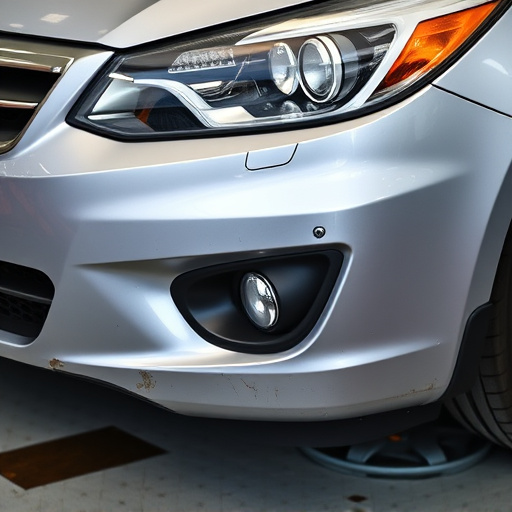
Modern repair equipment places a significant emphasis on safety and ergonomics to ensure efficient and secure working conditions for technicians. The tools designed today prioritize user comfort, reducing physical strain and fatigue that can occur during lengthy repairs. This is especially crucial in specialized areas like car collision repair and paintless dent repair, where precise work demands sustained focus and dexterity.
Ergonomic features such as adjustable handles, weight distribution, and anti-vibration technology are becoming standard across various modern repair tools. These innovations not only enhance operator comfort but also play a vital role in preventing workplace injuries. In the realm of vehicle collision repair, for instance, using ergonomically designed equipment can help technicians maintain proper posture, reducing the risk of back or joint problems over time.
Modern repair equipment is no longer just a collection of tools; it’s an ecosystem designed to streamline, enhance, and ensure safety during repairs. By understanding the key elements discussed in this article, from basic functionalities to advanced features and ergonomic considerations, you’re equipped to make informed decisions when selecting modern repair equipment for your needs. Investing in these tools not only improves efficiency but also contributes to better outcomes, making them a valuable asset for any professional or DIY enthusiast.


